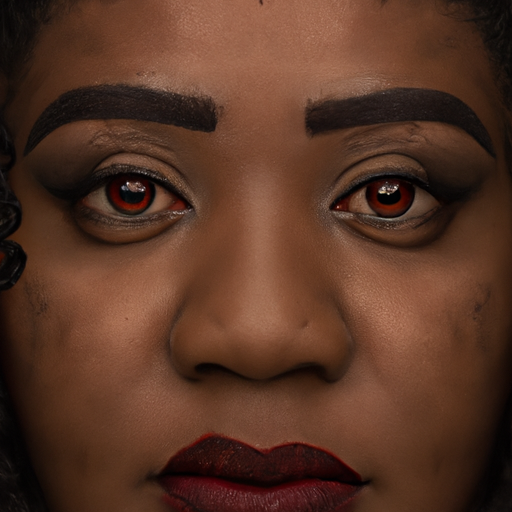As a medical professional, I am often consulted about various skin conditions, one of the most common being hyperpigmentation. Hyperpigmentation is a condition that causes the skin to darken in patches due to an excess production of melanin, the pigment responsible for skin and hair color. It can be triggered by various factors including sun exposure, hormonal changes, age, and skin injuries. While it is generally harmless, it can cause distress due to its impact on one’s appearance. Here are five effective strategies to combat hyperpigmentation.
1. Sun Protection: Sun exposure is one of the leading causes of hyperpigmentation. The ultraviolet rays from the sun stimulate melanin production, leading to dark spots and uneven skin tone. Therefore, it is crucial to protect your skin from the sun. Apply a broad-spectrum sunscreen with an SPF of at least 30 every day, even when it’s cloudy. Wear protective clothing and accessories such as wide-brimmed hats and sunglasses when you’re outdoors.
2. Topical Treatments: There are numerous topical treatments available that can help lighten hyperpigmentation. These include creams, lotions, and serums containing active ingredients like hydroquinone, retinoids, vitamin C, kojic acid, and azelaic acid. These ingredients work by inhibiting the enzyme tyrosinase, which is essential for melanin production. However, these treatments should be used under the guidance of a dermatologist as they can cause side effects like skin irritation and sensitivity.
3. Chemical Peels: Chemical peels involve applying a solution to the skin that causes it to exfoliate and eventually peel off, revealing new, lighter skin underneath. This treatment can be effective for treating hyperpigmentation, particularly when it’s caused by sun damage or aging. However, chemical peels should be performed by a trained professional to avoid complications.
4. Laser Therapy: Laser therapy uses focused light energy to remove the outer layer of the skin or stimulate the production of new skin cells to replace damaged ones. It can be an effective treatment for hyperpigmentation, but it requires multiple sessions and can cause side effects like redness, swelling, and changes in skin color.
5. Microneedling: Microneedling is a procedure that involves creating tiny punctures in the skin using a device with fine needles. This stimulates the body’s healing response, promoting the production of collagen and new skin cells. When combined with topical treatments, microneedling can help improve the appearance of hyperpigmentation.
In conclusion, while hyperpigmentation can be a distressing condition, there are various effective strategies available to combat it. However, it’s important to remember that results may take time and patience is key. It’s also crucial to consult with a dermatologist before starting any treatment to ensure it’s suitable for your skin type and condition. With the right approach, you can successfully banish blemishes and achieve a more even skin tone.



